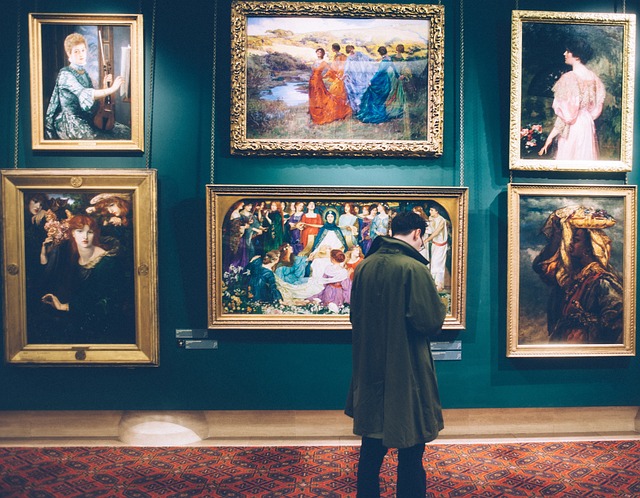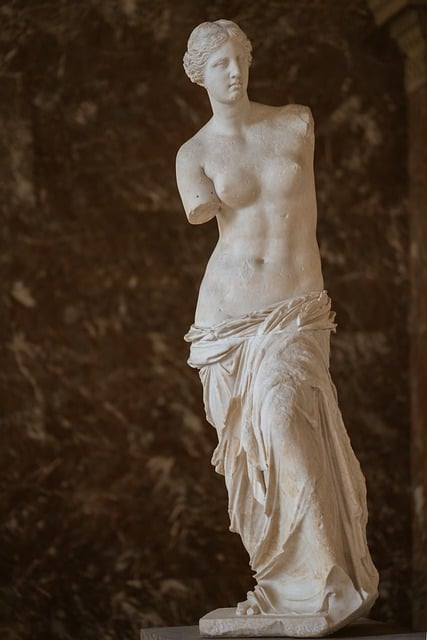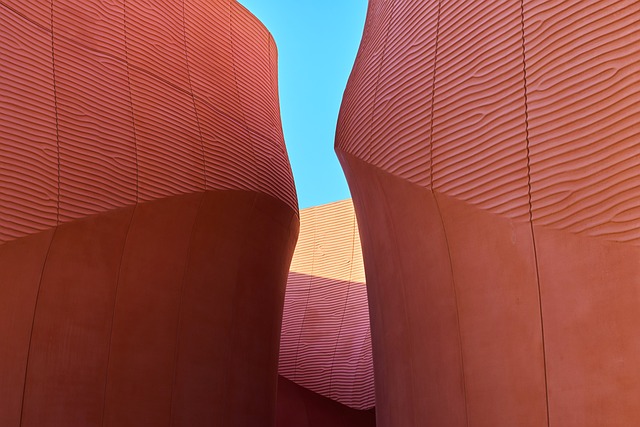Navigating the World of Museums: An Art Enthusiast’s Guide
The world of museums is a vast and fascinating realm, filled with rich histories, remarkable artworks, and cultures from all corners of the globe. For art enthusiasts, museums serve not just as spaces to observe, but as avenues for exploration, education, and inspiration. Whether you are a seasoned connoisseur or a casual visitor, understanding how to navigate this world can enhance your experience and deepen your appreciation of art. This guide aims to equip you with essential insights and tips for making the most out of your museum visits.
The Purpose of Museums
Museums are important cultural institutions that collect, preserve, and display objects of artistic, historical, or scientific significance. They provide a platform for education, research, and enjoyment, making art accessible to the public. By showcasing both local and international works, museums enable individuals to experience different perspectives and narratives, often reflecting the complexities of our society.
Types of Museums
Understanding the various types of museums can significantly shape your experience. While there are countless establishments worldwide, most can be categorized into several key types:
Art Museums
Primarily focused on the visual arts, these institutions house paintings, sculptures, photography, and installations. Renowned examples include the Louvre in Paris and the Museum of Modern Art in New York. Art museums may emphasize specific periods, styles, or geographic regions.
History Museums
These museums explore the historical context of various cultures and civilizations. They often include artifacts, documents, and exhibitions that showcase the past. The British Museum and the Smithsonian National Museum of American History are prestigious examples.
Science Museums
Focusing on scientific advancements and discoveries, science museums offer interactive exhibits that appeal to visitors of all ages. These institutions often include natural history components, exemplifying the blend of art and science. The California Science Center is a fantastic example.
Specialized Museums
Some museums focus on specific subjects such as textiles, photography, or design. These locations offer unique insights into niche areas of interest. The International Center of Photography is a prime example of a specialized museum.
Planning Your Visit
Preparing for your museum visit can significantly enhance your experience. Take the time to research the museum’s collection, special exhibitions, and any events slated for the day of your visit.
Check the Schedule
Many museums host temporary exhibitions, workshops, and events. By checking the museum’s website beforehand, you can plan your visit around must-see exhibitions or guided tours that pique your interest.
Know the Admission Policies
Admission policies vary by institution. Some museums have a general admission fee, while others offer free entry or pay-what-you-wish days. It’s wise to familiarize yourself with these details to avoid any surprises upon arrival.
Plan Your Route
Museums can be extensive, and knowing which areas to prioritize will ensure you maximize your time. Highlight key galleries you wish to visit on a map or list, keeping your personal interests in mind. This is particularly important in larger institutions where it’s easy to become overwhelmed.
Understanding Artwork
To truly appreciate what you observe, it’s essential to engage with artworks on a deeper level. Here are some methods and tips to enhance your understanding:
Research Artists and Movements
Before visiting, take some time to familiarize yourself with the artists and art movements featured in the museum. Understanding the historical context and the intentions behind a piece can allow for a more enriching experience as you reflect on the artwork.
Use Museum Resources
Most museums offer resources such as audio guides, brochures, and educational panels. These tools provide insightful information about specific pieces and artists and enrich your understanding of the cultural context of artworks.
Allow for Reflection
Take the time to step back and observe. Engage with the piece by contemplating its colors, forms, and themes. Allow yourself to feel and interpret the art personally, which can lead to new insights and emotional resonances.
Engaging with the Museum Experience
Museums are not just about viewing art; they also encompass interactions and experiences that can contribute to your overall understanding and enjoyment of art.
Attend Guided Tours
Many museums offer guided tours led by knowledgeable staff or volunteers. These tours can provide a wealth of information and offer unique perspectives on the collection. Engage with the tour guide, ask questions, and participate actively to fully benefit from these experiences.
Participate in Workshops or Lectures
Take advantage of workshops or lectures offered by the museum. These events can provide hands-on experiences in art-making or deeper dives into specific topics, enhancing your appreciation and understanding of the art world.
Visit the Museum Store
The museum store is often an extension of the artistic experience. Here, you can find books, prints, and other items related to the museum’s collections. Consider purchasing a souvenir that resonates with you—something that will remind you of your visit long after you’ve left the museum.
Making the Most of Your Experience
To truly savor your time in a museum, consider practical tips that can enhance your visit:
Arrive Early
If possible, arrive early to avoid crowds. Early morning visits often allow for quieter spaces, where you can appreciate artworks without the distraction of a bustling environment.
Dress Comfortably
Wear comfortable clothing and shoes, particularly if you plan to spend several hours exploring. Museums often require a fair amount of walking, so be prepared for a leisurely day of discovery.
Limit Distractions
Consider leaving your phone in your bag. Focusing entirely on the artworks before you allows for a more immersive experience. Take your time, connect with what you are seeing, and let the art speak to you.
The Role of Technology in Museums
In recent years, technology has played an increasingly pivotal role in enhancing the museum experience. From virtual reality to interactive displays, these advancements provide visitors with new ways to engage with art and history.
Virtual Tours
Many museums offer virtual tours that allow individuals to explore their collections remotely. These tours can be an excellent way to preview exhibits or engage with artworks from the comfort of your home.
Mobile Applications
Some institutions have developed mobile applications featuring maps, audio guides, and information about specific exhibits. Utilizing these apps during your visit can streamline your experience and provide enhanced insights along the way.
Interactive Displays
Technology-driven exhibits have emerged as a popular way to engage audiences. Many museums have incorporated touch screens, augmented reality features, and interactive installations that invite visitors to delve deeper into the content.
Respecting Cultural Nuances
When visiting museums, particularly those showcasing art from diverse cultures, it is essential to approach the experience with respect and sensitivity. Here are some guidelines to keep in mind:
Understand Cultural Significance
Each piece of art carries cultural meanings and should be approached with an understanding of its context. Researching the cultural background of specific works can provide significant insights and shape your perspective.
Acknowledge the Narratives
Art can tell powerful stories and convey experiences associated with colonization, oppression, and resilience. Acknowledge these narratives and approach the artwork with an openness to learning and understanding different viewpoints.
Engage in Dialogue
If the museum offers discussions or forums, take the opportunity to engage with others in conversation about the artworks on display. These dialogues can foster a greater understanding of diverse perspectives and enhance mutual respect.
Conclusion
Navigating the world of museums is an opportunity to embark on an enriching journey filled with knowledge and inspiration. By understanding the various types of museums, effectively planning your visit, engaging deeply with the art, and respecting cultural nuances, you can maximize your experience. As an art enthusiast, visiting museums becomes not just a hobby but a lifelong adventure into the world of creativity and expression. So grab your map, keep your eyes open, and prepare to explore the beautiful and complex universe of art that awaits you in every museum.


